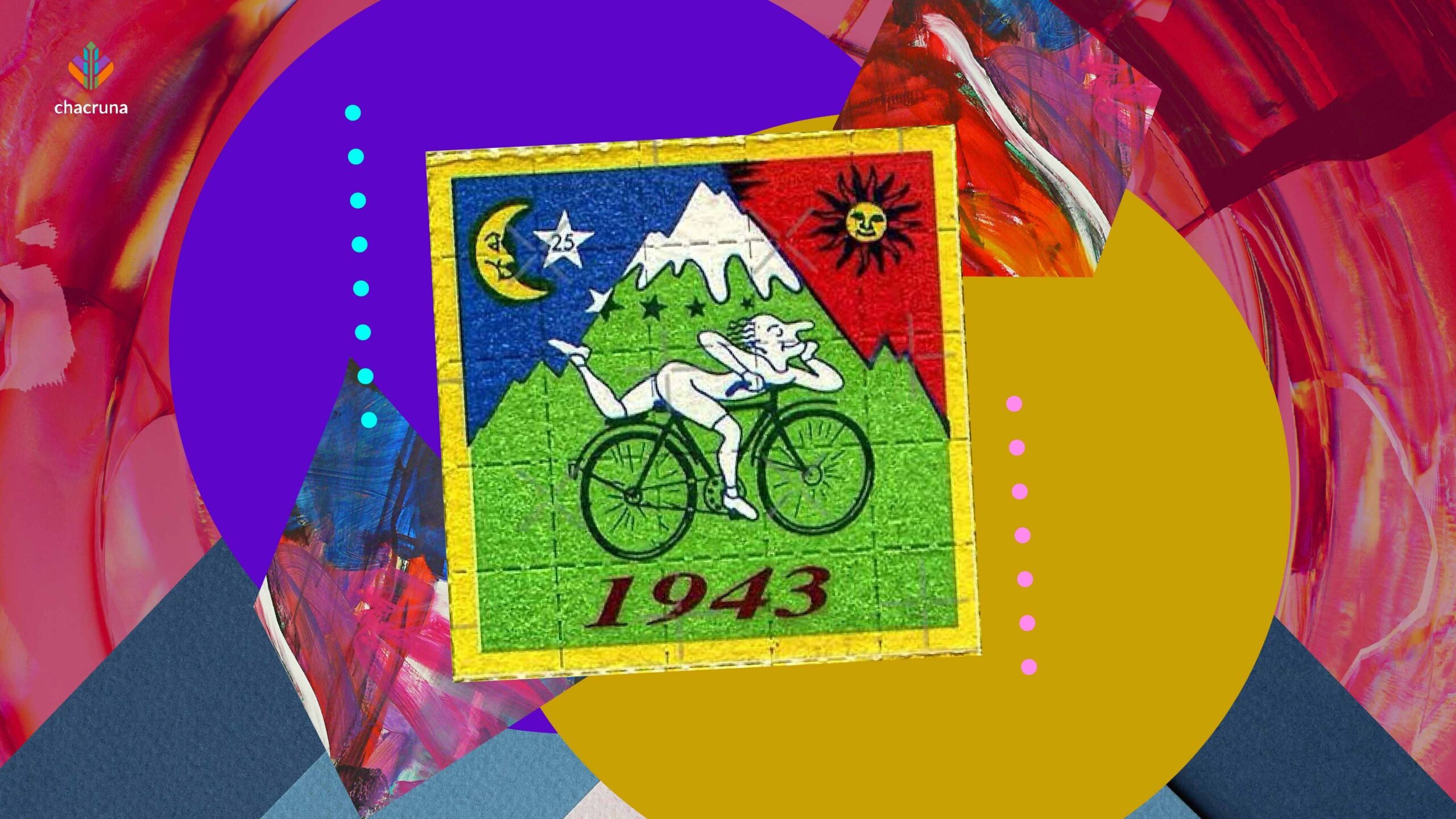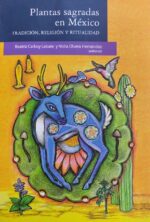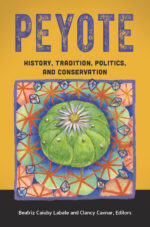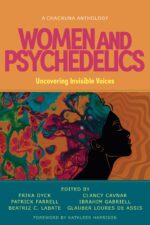- After 2024, the Scenario for Psychedelic Therapies Can Only Improve - January 16, 2025
- Symposium in Brazil Debates Psychedelics at a Political Crossroads - December 13, 2024
- Conference in Rio Defends Psychedelics in Public Health - December 11, 2024
From 1957 to 1967 Buenos Aires had thousands of LSD analysis sessions
Argentinian Susana Garcia, now 84, lives in Fortaleza (state of Ceará, Brazil). When she was 18 and still living in Buenos Aires, she was rescued after hitting rock bottom due to mental disorders. Her father was dying of cancer and she, with severe anorexia and weighing 83 pounds, was reborn with LSD.
Garcia found relief not (just) with the consciousness-altering substance, but with treatment provided by Dr. Alberto Fontana, who utilized psychedelic drugs, such as lysergic acid, psilocybin, and mescaline, to facilitate access to traumas and repressed impulses. Garcia came to Fontana at the suggestion of her sister, a psychologist, who knew of the fame acquired by the psychotherapist and his methods.
The psychoanalyst was not the only one to use psychedelics in psychotherapy in Argentina, a treatment that came close to official recognition in the profession. One of the most prominent figures in the group advocating for psychedelics was Luisa Gambier de Álvarez de Toledo, who from 1956 to 1957 was president of the Argentine Psychoanalytic Association (APA), which was founded in 1942.
Álvarez was a unique figure. Besides being the first woman to preside over the APA, she advocated that psychoanalysts use psychedelics themselves for self-knowledge and to experience what they offered their patients.
Álvarez was a unique figure. Besides being the first woman to preside over the APA, she advocated that psychoanalysts use psychedelics themselves for self-knowledge and to experience what they offered their patients. In 1960, she published the article “Ayahuasca” in the Revista de Psicoanálisis (Journal of Psychoanalysis), in which she recounts what she experienced in two shamanic ceremonies with the tea in the Peruvian jungle and compares them with the psychoanalytic context.
“The fantasies that arise under the effect of the hallucinogenic drug, in analytical treatment, lose their ‘reality’ as they are interpreted, achieving greater connection and adaptation to the external world,” she writes. “In return, the sorcerer seems to acquire, reinforce, and maintain an omnipotent fantasy through the drug, which he supports and indulges.”
I learned about this fascinating story through two articles. The first was written by Zoë Dubus, a French medical historian who wrote the text “LSD and Ayahuasca in Argentina: The pioneering work of a psychoanalyst in the 1950s” for Chacruna (in Spanish, here).
The other article, by Rodolfo Olivieri and Luís Fernando Tófoli, appeared in the International Journal of Drug Policy as “Psychoanalysis and Psychedelics: A censored history in Argentina.” The title, of course, already gives away the spoiler – the innovative initiative didn’t bear any lasting fruit.

Discover the Indigenous Reciprocity Initiative of the Americas
First, it’s worth pointing out that the Argentinian case was not a rare bird. In the 1950s and 1960s, the Swiss laboratory Sandoz sent LSD, under the trade name Delysid, to doctors who wanted to experiment with the drug created in 1938 by its chemist Albert Hofmann. Many devoted themselves to this—in the US, Canada, Europe, and even in Brazil, notably by psychiatrist Murilo Pereira Gomes—until the end of the 1960s, when the drug became popular with the counterculture and ended up being outlawed.
In Buenos Aires, the marriage of psychoanalysis and psychedelics didn’t last more than a decade. After presiding over the APA, Álvarez was ostracized by her conservative peers, who saw psychedelics as an open flank for attacks on the profession.
Olivieri writes in his Master’s thesis that in 1961 the Revista de Psicoanálisis published a full-page ad warning that “deviations linked to the use of drugs -LSD, mescaline, benzedrine, tranquilizers, cortisone, etc.- should not be considered psychoanalytic treatments.” Olivieri presented his work to the thesis committee in May this year, but the text, titled “Strange Forces: A psychoanalytic collaboration on the visual effect of ayahuasca,” is not yet available online”.
At the time, psychoanalysts in Argentina and elsewhere were trying to differentiate their work from that of psychiatrists, who in turn were moving towards a pharmacological paradigm. Mood disorders, from this second point of view, were the product of biochemical imbalances in the brain and should be treated with medication, while analytical orthodoxy favored the so-called talking cure (with a little LSD reinforcement, I should say).
Today, when the Psychedelic Renaissance of the 2000s has suffered a huge blow with the FDA’s rejection of MDMA psychotherapy for post-traumatic stress disorder, we are moving towards a similar dissociation.
Today, when the Psychedelic Renaissance of the 2000s has suffered a huge blow with the FDA’s rejection of MDMA psychotherapy for post-traumatic stress disorder, we are moving towards a similar dissociation. It wasn’t even a question of combining psychedelics with psychoanalysis, but with less controversial psychotherapeutic techniques, still, after the fiasco investors and researchers prefer to downplay psychological treatment and emphasize biochemical effects such as neuroplasticity.
Álvarez, Fontana, and their psychedelic colleagues succumbed to this debacle. They left the APA but continued with their treatments, which ranged from minimal doses (half a microgram per kilo of weight) to full doses of LSD, or equivalents with other substances. The dosage, or “combined session,” only took place about two months after therapy had begun, with the psychoanalyst/patient relationship already well-developed.
Another innovation was the use of psychedelics in group sessions, using psychodrama techniques. Susana Garcia says that the pills were given at around 8.30 pm to 9 pm to the assembled patients, who spent the whole night working with the therapists, until 4 am or 5 am, when they were given medication to stop the lysergic effect.
They would then sleep until around midday in the clinic, and when they woke up they would be lovingly offered food. Those experiencing emotional difficulties would stay for an individual session with the psychoanalyst, and the others would go home.
Fontana describes the methodology in detail in his 1965 book Psychotherapy with LSD and Other Hallucinogens, which was published in Brazil four years later (Mestre Jou, 1969), with a translation by poet and essayist Jamil Almansur Haddad. Overall, his clinic treated 1,106 patients in ten years, but in the book he presents some data only on the 500 who were still in treatment at the clinic, 83% were aged between 18 and 35, and most of them (58%) were women.
Before this group, other doctors had used LSD and similar drugs, such as the pioneer Enrique Pichon-Rivière. Alberto Tallaferro, who had studied with Wilhelm Reich in the US in 1952, published the volume Mescaline and LSD 25: Experiences, Therapeutic Value in Psychiatry in 1956, which describes the positive results obtained in 1,117 psychedelic sessions.
Fontana’s group emphasizes the transference (projection of the patient’s affections onto the psychoanalyst) and the influence of psychedelics on this interpretative pillar of psychoanalytic treatment. Notably, he points out that the effect of the drug is on both poles of the relationship: “When the psychotherapist proposes the combined session, he loses his omnipotence in front of the patient, who then turns to the drug.”
“The therapist, at this point, must resign himself, understand and interpret the shift to the drug of the magic that had previously been placed in him. We say resign because through countertransference the doctor feels a sense of being stripped of something that protected him and, if he doesn’t admit it and interpret it, he can react with aggression and fear.”
One wonders how much fear there may have been in the aggressive rejection of psychedelic-assisted psychotherapy by the biomedical establishment, of which the FDA’s August decision offers the ultimate example. It’s not easy to resign oneself to the loss of an asymmetry that takes so much power away from the patient for the monopoly of the physician, even if in appearance all the therapeutic effect is attributed to the drug.
Note: This article was originally published in Portuguese at Folha de S.Paulo here.
Translated by Henrique Antunes.
Art by Fernanda Cervantes.

Shop our Collection of Psychedelic T-Shirts
Take a minute to browse our stock:
Did you enjoy reading this article?
Please support Chacruna's work by donating to us. We are an independent organization and we offer free education and advocacy for psychedelic plant medicines. We are a team of dedicated volunteers!
Can you help Chacruna advance cultural understanding around these substances?















